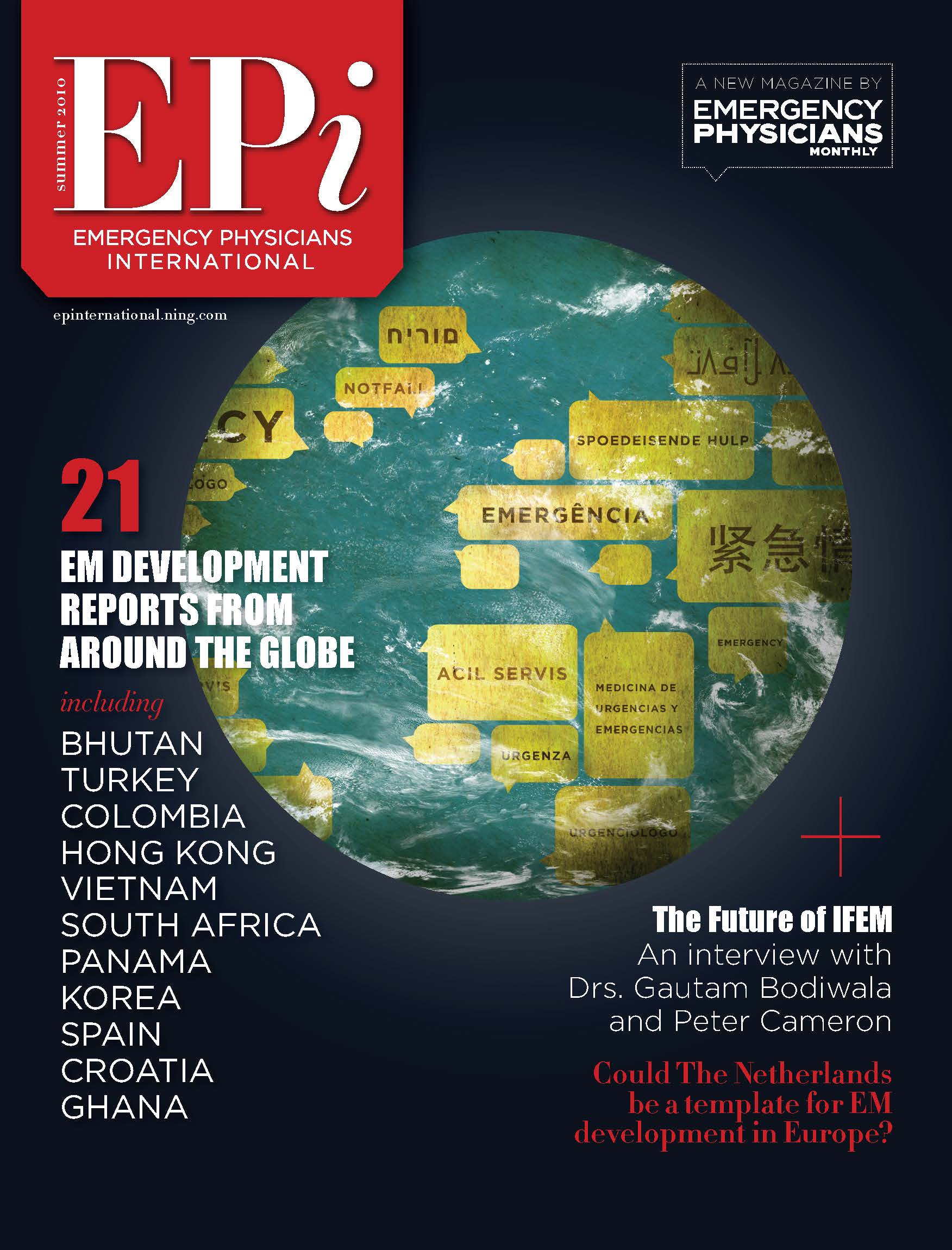Legalization of Abortion in Argentina: How It Will Affect Obstetrical Emergencies
This is an English translation. For the original version (in Spanish), click here.
Para la versión original en español, presione aquí.
This article attempts an overview of what is happening with abortion in Argentina. In December 2020, Argentina approved Law 27610: Access to Voluntary Pregnancy Termination.
Abortion in Argentina has historically been a clandestine activity, with great differences between social classes. While the upper classes have had these procedures in sterile conditions, the lower classes were in a more precarious position, generating a significant percentage of complications and maternal mortality. This left poorer women and their families with sequelae. These illegal situations showed the access gap between social classes. Likewise, through secrecy, the situation limited even abortions with indications that made them unpunishable under the Abortion Law, like rape and illnesses that threatened the life of the mother. This in turn produced delays for the actual procedures, like the case of a girl raped in the provinces who had to be referred to Buenos Aires for a legal abortion.
Since the development of the campaign to legalize abortion in Argentina, production has begun for misoprostol as a single drug in the national pharmaceutical industry. Previously, one could use 200mg of misoprostol in the same pill with 50 or 75 milligrams of diclofenac. (called Oxaprost (c) ), approved by ANMAT (equivalent to the FDA in the United States) as an anti-inflammatory for patients with gastritis. Providers also used Oxaprost with patients who needed uterine evacuation. The black market for the drug made it more expensive. The off-label use also encouraged attempts at separating the Misoprostol from the Dicolofenac in the pill, but that meant nobody knew exactly how much Misoprostol the patient was getting. The secrecy meant the near majority of all abortions in private health facilities were done under general anesthesia, with dilation & curettage (D&C) the method of choice. This has a high risk of complications like uterine perforations and sterility from uterine scarring (Asherman's Syndrome). Meanwhile, among patients with fewer resources, they did surgical procedures in unsafe places with unqualified personnel, resulting in hemorrhages and infections that frequently ended up with complications, obstetrical emergencies and maternal death. The industrial production of Misoprostol (under the brand “Misop”) as a single drug in Argentina began with doses of 25 and 200 micrograms to induce birth and abortion respectively. Its use began with protocols based on regimens recommended by international organizations like FIGO (International Federation of Gynecology and Obstetrics/Fédération Internationale de Gynécologie et d'Obstétrique).
Two hundred and fifty seven maternal deaths were reported in Argentina for 2018, comprising an overall maternal mortality of 3.7 per 10,000 live births. There is no clear pattern in the behavior of the maternal mortality rate since 2005. Failure to thrive related to maternal mortality as a reason in 3.3 cases per 10,000 live births in 2013, followed by small gains in 2014 and 2015. In 2017 there was a 15% decline in maternal mortality, then the trend reversed and maternal mortality jumped 27% over the previous year. Out of all maternal deaths, 13% came from a pregnancy ended in abortion, 61% had direct obstetrical causes, and the remaining 25% came from indirect obstetrical causes. The trend in the composition of maternal mortality since 2005 allow the observation that maternal mortality due to abortion has been reduced by 62%, while those due to indirect causes have increased about 2%. The 2018 increase in maternal mortality reflected an increase in direct obstetrical causes.
[ The title of the graph is “Rate of Total Maternal Mortality And Maternal Mortality By Group of Causes per 10,000 Live Births in Argentina, 2005-2018”. The X axis is “Year”, the Y axis is “Maternal mortality rate per 10,000 live births”. The lines in descending order represent the total mortality rate, other direct causes, abortion, and indirect causes. ]
In the process of implementing the new abortion law in Argentina, one could project there will be a change for all women without distinctions between social classes nor between private and public healthcare. Women can have uniform quality of care, focused on access to medication and health services. In the same way, shedding the secrecy of the procedure means it will be done through highly effective medical treatment in the great majority of cases, reducing complications and maternal mortality figures. In consequence, emergencies will be treated in a prompt and orderly fashion. I'm excited to think of how this change will result in significantly fewer emergencies, will help to overcome current social inequalities, and will result in better care and benefit to the women of Argentina.
(Translated by James H.)
Bibliography:
1.- https://www.boletinoficial.gob.ar/detalleAviso/primera/239807/20210115
2.- https://www.pagina12.com.ar/179468-8-m-el-caso-de-la-nena-tucumana-violada-llego-a-la-onu
3.- https://www.figo.org/es/news/tabla-de-dosis-de-misoprostol-2017
Contact Information:
Dr. Fernando Vargas








